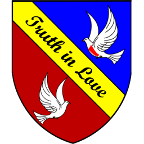Latest Posts
View the latest posts in an easy-to-read list format, with filtering options.
View the latest posts in an easy-to-read list format, with filtering options.
Multi-part posts on a particular topic, grouped together in "series" pages.
Look through our blog archive by year / month, or in a massive title list.
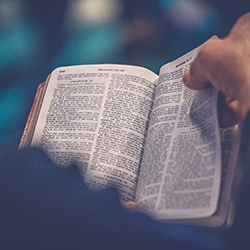
12/30/2025 - Weep-Laugh; Mourn-Dance Ecclesiastes 3:4 says, 4 A time to weep and a time to laugh;A time to mour... Read More

12/29/2025 - Ecclesiastes 3:1 begins, 1 There is an appointed time for everything. And there is a time for ever... Read More

12/27/2025 - I am told that the spot price for silver at the Comex took 145 days to go from $30 to $40. It took... Read More
Over 100 books covering a variety of topics
Short, single-page teachings on a topic
Single page teachings by various authors
Monthly newsletter containing ministry updates and long-term teachings
Audio recordings of teachings and discussions on a variety of biblical topics
Vlog recordings with Dr. Jones and video recordings of bible conferences.
Read over 100 books written by Dr. Jones, available to read for free online. Several of the books have also been translated into different languages, and are also available to read for free. The only time you pay is when you purchase a physical version of a book.
View Full Book List


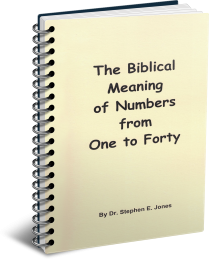

Read a variety of tracts that condense a topic into a short, single page format. These tracts can be read for free online, or physical copies can be purchased in bundles. If you are subscribed to the FFI Newsletter, you will receive new tracts when they are released.
View Full Tract List
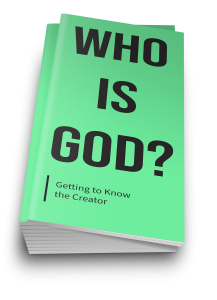
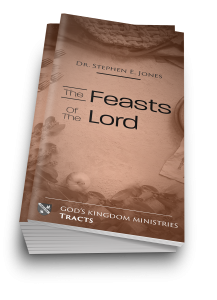
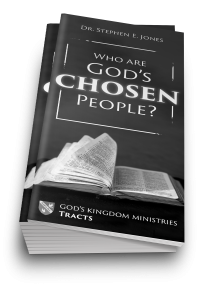
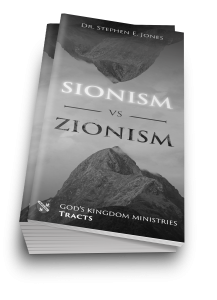
Read articles written by Dr. Stephen Jones and a variety of other authors.
View Full Article ListThe FFI Newsletter is a monthly newsletter written by Dr. Stephen Jones that gets posted online and mailed physically to newsletter subscribers. These include long-term teachings and ministry updates when available.
View Full FFI ListListen to audio recordings of teachings from Dr. Jones and discussions on a variety of biblical topics, available for free online.
View Full Audio ListWatch video recordings of conferences, as well as a variety of interviews and vlogs from Dr. Jones.
View Full Video ListFirst time here, and don't know where to start? No worries, we got you covered.
We have taken the five ministry gifts (Evangelists, Pastors, Teachers, Prophets, and Apostles) as an outline for the courses of Bible study in this School.
Our purpose is to equip those who are ministering with a knowledge of the Word, so that each will be more effective in fulfilling his or her calling.
Learn MoreThe recent Committee hearings in the Senate on the nomination of Justice Samuel Alito brought out an interesting conflict.
Judge Alito is Catholic. So are three others already on the Supreme Court:
1. Chief Justice John Roberts
2. Justice Antonin Scalia
3. Justice Clarence Thomas
There were also four Catholic Democrats on the Senate Judiciary Committee, all of whom opposed Samuel Alito's nomination:
1. Sen. Patrick Leahy
2. Sen. Ted Kennedy
3. Sen. Joe Biden
4. Sen. Richard Durbin
The four Catholic justices now sitting on the Supreme Court are all known to oppose abortion. The four Catholic senators on the Judiciary Committee are all known to favor abortion.
It all goes to show that the Catholic Church is not a unified religious group of people. The Catholic Senators are obviously "protestants" in the traditional sense, in that they oppose and disagree with the official Church doctrine and the views of the popes. But the traditional Protestants today--who oppose the Catholic Church and do not believe in the Pope's infallibility--are really quite "Catholic" in their view on the Abortion issue.
There is a long-term re-alignment shift going on in the religious world. It centers largely on the abortion issue, but it is broader than that. The traditional Protestants are moving closer to the Catholic Church, especially now that the Catholic Church has stopped burning dissidents at the stake. But there is also a Neo-Protestant revolt going on that pits so-called "liberal" philosophy against so-called "conservative" philosophy. The main lightning rod issue is abortion.
The same disagreement appears also in the various Protestant groups, some of which are quite liberal, and others conservative. But that is not real news. We all know about that.
What is fascinating to me is that the Roman Catholic Church's official teachings (representing conservative Catholicism) have more in common with conservative Evangelical groups than with the liberals within its own ranks. This really began, strangely enough, with Vatican II, which was a "liberal" move, but it also relaxed the grip of the Church on the lives of the people. The moment it allowed some fresh air into the Church, Vatican II paved the way for the "Charismatic Renewal" that soon spread to Pentecostal groups. This put more common ground between these traditional enemies.
Given enough time, we could see this re-alignment split and unite both Protestants and Catholics into their respective conservative and liberal churches.
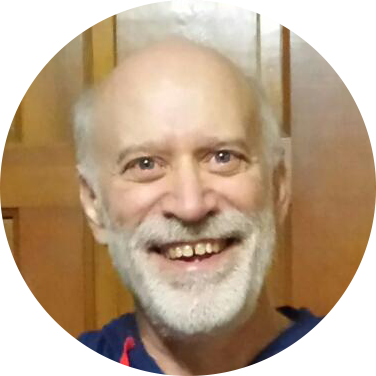
Dr. Stephen Jones has been writing blog posts since 2005 on a variety of topics from Bible Studies to World News, and he has been writing books since 1992. Dr. Jones' most important writings came after God brought him back into the full-time ministry in 1991. It is here that all his earlier years of searching the Scriptures began to come into clear focus. He combines a knowledge of the Old and New Testaments with a personal revelation of God that began and developed during the "wilderness" period of his life, which he often refers to as God's True Bible College... Read More
Subscribe via email or RSS feed to stay up to date on the latest posts. You can unsubscribe anytime.
There is a lot of content on this site, and that can be overwhelming, so we've written up a guide to help get you started!
Start HereIf you want to receive updates from us, signup below.
We are only able to do what we do because of your support. If you feel led to support this ministry, we deeply appreciate it
